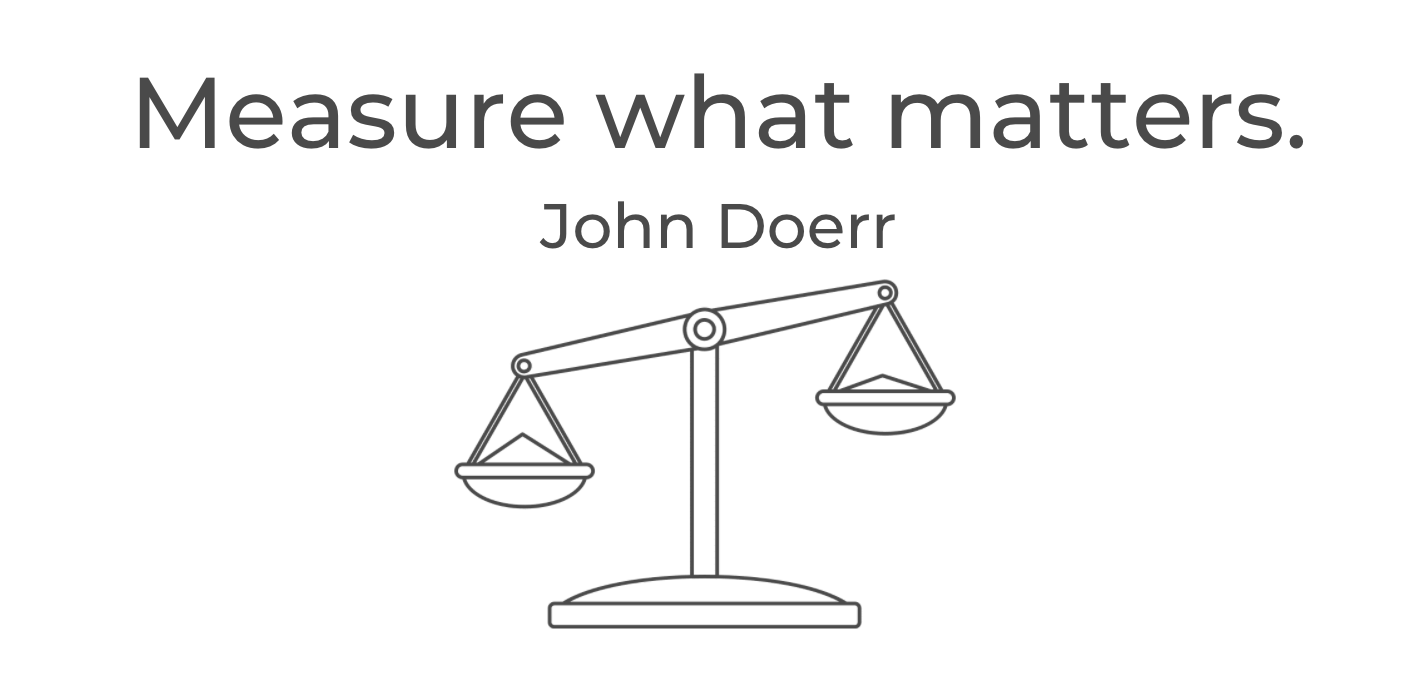5 Survey Questions To Make Your Employee Engagement Survey Even More Effective
Employee engagement wasn’t so important in the last century. Most workers were doing work that didn’t require constant focus, flow, and creativity— it was factory work where you had to show up, do your 8-hour shift, and go home.
But all of that changed in the past 20 years. Today’s marketplace demands innovations, speed, creativity, and constant change. That helped create a bottom-up culture where employees, not leadership teams, are the ones that create solutions to problems and innovate.
But for employees to do that, they can’t simply shut off their minds when they come to work, they need to be actively involved in what they do— employee engagement.

Having your employees active and engaged at work is easier said than done. According to Gallup, only 36% of U.S. employees are engaged at the workplace. So companies started to pursue employee engagement at work and they came to a really big problem— how to quantify employee engagement?
If you can’t measure it, you can’t work on it so a lot of companies end up with the problem of quantifying employee engagement since you can’t just come to employees and ask them if they’re engaged at what they do.
So this article will help you realize what you need to ask your employees to see if they’re engaged, and we will show you why that’ works. But first, we need to see why you should even measure employee engagement.
Why should you measure employee engagement?
A small company might think about skipping measuring employee engagement altogether. Why bother with a survey when you can just come to people and ask them how they feel when you see them.
A large company has a different problem. Measuring engagement takes forever for a big company and the managers never get the results and insights at the time to make any real change in the company. The data is already too old when they get it and it’s no longer actionable. Also, there’s a war of metrics going on— why look at employee engagement when they can look, track, and measure different (and maybe more effective) things in the company. So why measure employee engagement?
With accurate and timely data, HR teams can create insights and take meaningful action on things that matter to employees. Organizations should want to improve employee engagement because it’s proven that it has a positive effect on many different things such as:
- Productivity
- Absenteeism
- Retention
- Innovation
- Profitability
How to measure employee engagement
Employee engagement surveys enable HR managers to collect data at scale which makes it possible to gain actionable insight. Feedback at scale is the only thing that represents the voice of employees instead of just relying on a couple of inputs from a handful (usually the loudest) of people.
To know what you need to fix, you need to know what’s wrong. And usually, that means getting the data from the “silent majority” of people who don’t voice their opinion, but have a lot to say on what needs to be fixed in the company.
If you don’t measure employee engagement, you have no way of figuring out what needs to be improved in the company. The problems could be in any of the fields:
- Personal Resources
- Empowered Work Environment
- Communication
- Effective Management
- Benefits and Pay Satisfaction
- Growth and Development
- Health and Wellness
And the worst thing is that you will hear negative comments about your company on Linkedin, other social media, or even Glassdoor where former employees will leave negative reviews once they leave the company. If you’re providing an opportunity to people to give feedback internally, they will not have the necessity to give it externally, and save your employer brand with it.
You should collect employee feedback on a regular schedule because that will help you detect problems before they become too big to handle. With a regular cadence, you will spot the problems before they get out of control and also notice what motivates your employees to stay, become engaged, and give their best to the company.
But measuring engagement the right way is easier said than done and that’s why we’ll go over the top questions that will help you quantify employee engagement.
The top questions that will help you quantify employee engagement
As an HR manager, you want a scientific way of measuring employee engagement. It’s not enough to just have anecdotal evidence from other companies. It’s like books— what was a really great book for one person might not be a good book for someone else. What might have worked for other companies might not work for you. So to make sure, you want scientifically-based questions that measure and quantify employee engagement.

With our new TINYpulse engagement survey, we provide you with a clear way of understanding the levels of engagement within your organization. And the Engagement index that we provide is the average score of the following five questions:
- How happy you are at work?
- I feel energized when I am working.
- I am absorbed in the work I do.
- I speak positively of the company I work for to others.
- I am likely to stay with this organization for the next year.
The questions are divided into three sections, taking into account the definition of employee engagement: the extent to which one is emotionally, cognitively, and behaviorally invested in their work.
Emotion
The first two questions that we ask in our new engagement survey, How happy you are at work and I feel energized when I am working are based on the emotional engagement the employee needs to have with the company.
If there isn’t an emotional connection with the company, the employee will disengage and soon enough, leave the company. The first question measures the happiness level of the employee in the company while the second question measures the energy levels of the employee to see if the work is making them burnout.
Cognition
The third question, I am absorbed in the work I do, provides an insight into the cognition of the employee to see if they’re mentally engaged in the work they are doing. According to Flow theory, work needs to be just a bit beyond the current capacities of the person to engage them.
So the work the employees are doing at their jobs should be challenging enough to make them engaged.
Behavior
And the last two questions in the survey, I speak positively of the company I work for to others and I am likely to stay with this organization for the next year, helps the HR team realize what the current behavior of the employee is.
The first question tells us how satisfied the employee is with the company and whether they're a brand advocate to their friends, family, and social networks.
The second question tells us if the employee’s long-term plans are aligned with the company and if they’re deciding to pursue their goals through the company’s objectives.
Conclusion
Measuring employee engagement is easier said than done. Since you can’t measure it directly, you need to measure “proxy” metrics to see the status of employee engagement in your company.
So for that, you need to ask just the right questions to get the right data on employee engagement so you can act accordingly. Book a demo with TINYpulse to learn more about how our new engagement survey can help you deal with employee engagement and measure it the right way.
Share this
You May Also Like
These Related Stories

5 Ways To Boost Your Engagement Survey Response Rate

3 Surprising Ways Employee Engagement Surveys Can Improve Culture


.png?width=534&height=632&name=blog%20ad%20(1).png)
